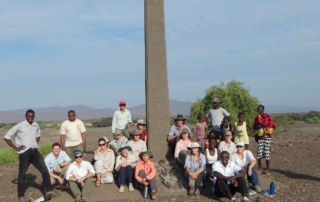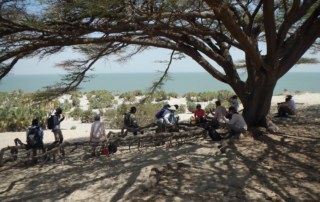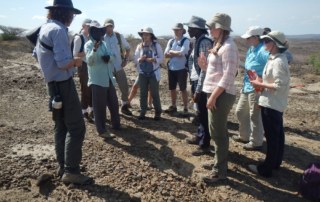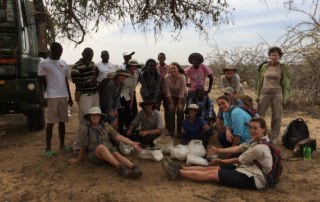Becoming a master knapper
After returning to TBI from an exciting camping trip, we spent the afternoon relaxing and knapping! We used the raw material we had collected in the field: though everyone put their initials on the material collected, some students decided to share what they had collected (our students were so thoughtful, but whatever happened to survival [...]








